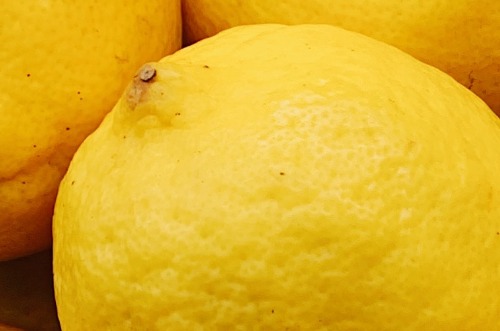W25: Lemon and Lime Update

In W25 in the lemon and lime landscape, Tahiti lime prices in Brazil experienced a drop for several weeks but showed an increase in W25. This price increase was due to a decrease in supply, as farmers slowed down the harvesting process. Traders reported that farmers anticipate higher prices of limes in the upcoming weeks. The average price reached in W25 was USD 3.75/kg (BRL 17.96/kg), indicating a significant increase of 33.8% WoW. At the moment, Mexico, Colombia, and Peru are the primary sources of lemons and limes. Mexico is at its seasonal high point, with medium and large sizes having less volume. The quality of the lemon is good, with some rain-induced damage, and the demand is consistent. Chile's lemon production is expected to increase by 26.4%, reaching 172 thousand mt this year due to favorable climatic conditions and increased water supplies in the Coquimbo region. In India, Indi lime, a 'Kagzi' variety, has been granted a geographical indication (GI) tag by the Union government for eight years. The Karnataka State Lime Development Board, University of Horticultural Sciences Bagalkot, and Horticulture Department Vijayapura have worked tirelessly for five years to recognize this lime variety. Indi lime, rich in ascorbic acid, has lesser seeds and a thin rind, making it a popular choice for 11 thousand farmers in Karnataka.
The European Union lemon production forecasts 1.5 million mt this season, a 10% YoY decrease. This will cause higher prices and a domestic consumption decline. The Mediterranean region leads, with Spain and Italy leading and concerns include higher input costs, economic inefficiency, and labor shortages. Meanwhile, the lemon season in Rocca Imperiale, Italy, faces difficulties due to unfavorable weather conditions in Southern Italy and challenges in sales. The Consortium of Growers faces issues with grading, reduced demand, and competition from foreign products. Lime producers in Great Britain aim to achieve net negative carbon emissions by 2040 by utilizing technologies like fuel switching and carbon capture. The MPA Lime Net Negative 2040 Roadmap focuses on product carbonation, fuel switching, indirect emissions reduction, and carbon capture, utilization, and storage. The citrus campaign in Almería, Spain experienced a 10% drop in production, leaving an approximate production of 226 thousand tons. Lemons accounted for 20% of the total production. Citrus prices remained stable, with lemons exceeding USD 0.38/kg (EUR 0.35/kg). High production costs, including energy, inputs, fuel, and water, have reduced the benefits for producers.





